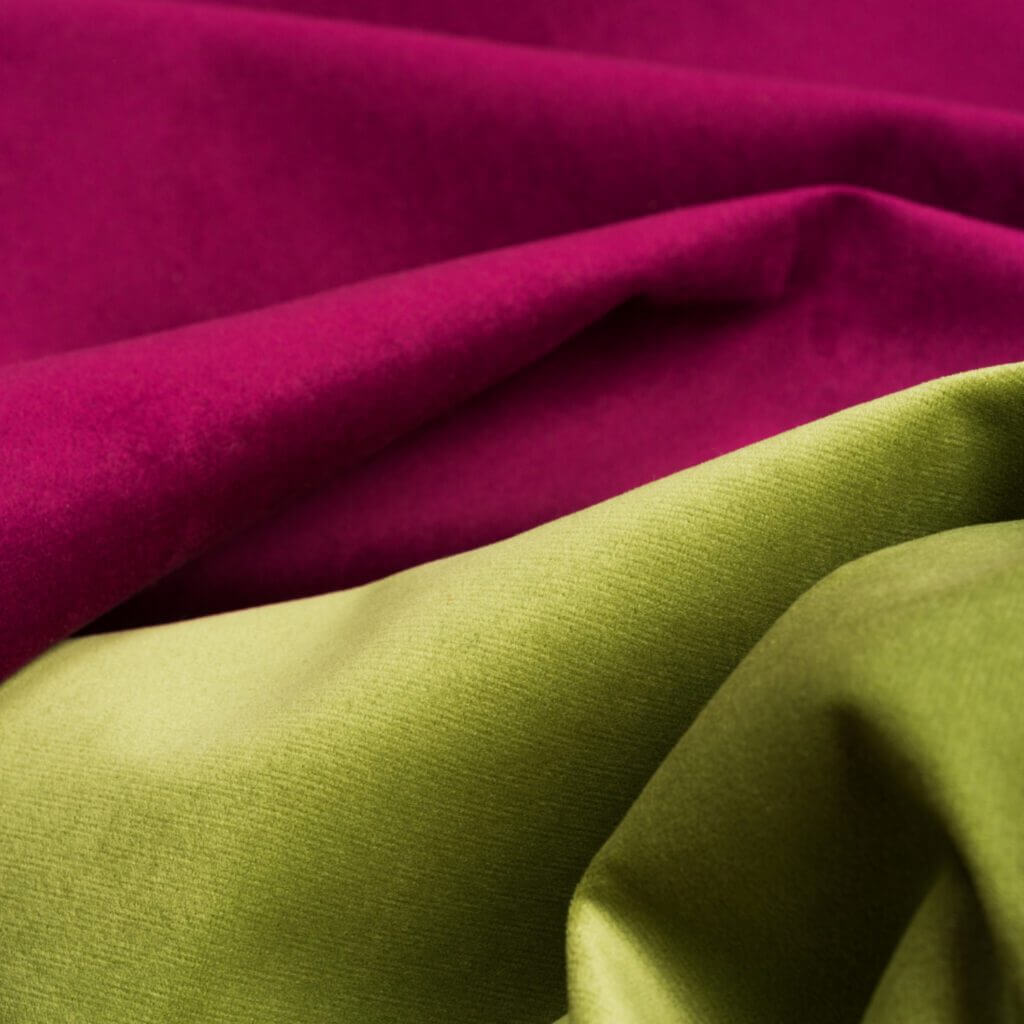Nylon is the first completely synthetic polymer fibre in the world. Introduced by the DuPont Company in 1938, it was originally marketed to women in the form of nylon stockings. These stockings garnered commercial success because of their strength, durability, and flexibility.
During the Second World War, the US military discovered nylon as an alternative to silk, which was primarily used to produce their military gear. This wartime use of nylon and other plastics greatly popularised them as new materials for clothing during the 1900s.
In the late 1900s, crude oil became the main source of synthetic fibres such as nylon. This coincided with the growth of the petroleum industry in the United States. Consequently, the production of nylon has been linked to adverse environmental effects similar to those associated with fossil fuels. And this includes the climate crisis of greenhouse gas emissions and water pollution.
What is nylon fabric?
Nylon is a synthetic thermoplastic material. It is a petroleum product primarily used to create fibres, films, and moulds. It is a generic name for a family of synthetic polymers composed of polyamides. Its polymers can be mixed with various additives to achieve several property variations.

Nylon can transform into fibres, filaments, bristles, or sheets through methods such as drawing, casting, or extrusion using spinnerets, either from a solution or a melted state. Textile manufacturers use these materials in their production of cordage, fabric, and yarn. Additionally, nylon can be moulded into various shapes or products. Its remarkable properties include high resistance to heat, chemicals, and wear. And they have multiple commercial applications in the textile, packaging, and automotive industries.
How is nylon fabric made?
In most cases, petrochemical monomers make up the primary constituent of nylon. These long chains of carbon-based molecules make up a polymer’s chemical building blocks. Diamine acid, sometimes called hexamethylenediamine (HMDA), is the most used monomer for nylon production.

The production process of nylon fabric breaks down into several stages:
- Extraction of Diamine Acid or HMDA – The monomer, diamine acid or HMDA, is extracted from crude oil. Currently, the most used commercial process for HMDA manufacture is the hydrogenation of adiponitrile in ammonia.
- Combining – The diamine acid combines with adipic acid through the process of condensation to obtain the Nylon 6,6 salt.
- Heating – During this stage, the crystallised Nylon 6,6 salt heats up at about 240°C to turn into its molten form.
- Extrusion – After heating, the molten substance undergoes extrusion through a spinneret. The spinneret is a cap or plate with a number of small holes. During extrusion, the spinneret forces the fibre-forming solution through the small holes.
- Loading – After extrusion through the spinneret, the molten substance immediately hardens, and a machine loads the resulting fibres onto bobbins.
- Stretching – The machine stretches the fibres to increase their strength and elasticity.
- Drawing – Upon stretching, a device winds the fibres onto another spool through a technique called “drawing”. During this process, the polymer fibres form a parallel structure.
- Spinning – After the drawing process, the textile machines spin the resulting fibres into garments or other forms of fibres. Sometimes, the machines spin the nylon fibres into fabrics on their own, but usually, they combine them with other fabrics to obtain mixed textiles.
- Finishing – Finally, the manufacturers dye the fabric to produce the desired colour they want.
What is nylon used for?
Commercial use of nylon began with the production of polymer-bristled toothbrushes. Then women’s stockings followed. Textile manufacturers originally marketed the fabric as a substitute for silk stockings but, known for its lack of durability and exorbitant cost, silk could not compete with the advantages of nylon.
Nylon was mainly used in the textile industry, but its application has evolved beyond fabrics. Today, its applications include the following;
- Clothing – Used for producing shirts, foundation garments, raincoats, underwear, lingerie, swimwear, cycle wear, etc.
- Moulds and resins – The automobile industry widely uses nylon resins, particularly in the engine compartment. During the production of hair combs and mechanical parts, manufacturers use molded nylon to manufacture components such as machine screws, gaskets, gears, and other stress components previously cast in metal.
- Food packaging – Manufacturers use nylon resins as a component in food packaging films that require an oxygen barrier. They also incorporate some terpolymers made from nylon in everyday packaging. Nylon also finds application in meat wrappings and sausage sheaths. Additionally, its high-temperature resistance makes it a valuable material for oven bags.
- Filaments – Brush producers, especially toothbrush and string trimmer makers, primarily use nylon filaments. Fishing lines also utilize nylon as monofilaments. Furthermore, nylon’s diverse characteristics make it highly valuable in additive manufacturing, specifically in some grades of modelling 3D printers.
Where is nylon fabric produced?
The production of nylon started in the United States in the year 1938. Although other developed nations recognized the benefits of the fabric and started to produce it, the United States remained the primary producer until the 1980s.
In the late 1970s and throughout the 1980s, the global economy underwent a restructuring that caused many international corporations to shift their manufacturing bases to China. As a result, nylon fabric production operations moved to the East Asian country and other regional nations such as India, Pakistan, and Indonesia.
The United States still produces nylon fabric to some extent, but most of its production has shifted towards cotton. Although the manufacturing industry is experiencing a resurgence in the USA, it is improbable that nylon fabric production will return to the country. Today, China remains the biggest producer of nylon fabric in the world.
Nylon and the environment
Based on its ties with the extraction and use of fossil fuels, the production of nylon can incur negative environmental effects on the planet. The raw material used in producing this fabric is one of the primary causes of its potentially detrimental effects. Although the fabric can be made using other substances, most producers use crude oil as their source of hexamethylenediamine, which is the main constituent of most nylon fabrics. Scientists have well-established that the environment suffers harm from both acquiring and using fossil fuels such as petroleum as harvesting methods like drilling and fracking continue to cause lasting damage to ecosystems worldwide.
The production process also requires a significant amount of energy and generates several waste materials. During production, the cooling of nylon fabric fibres uses a large amount of water, which often results in micropollutants contaminating the surrounding hydrosphere.
Moreover, nylon fabric does not biodegrade because it is completely synthetic. While cotton and other fabrics may biodegrade within a matter of decades, polymer fabrics will persist in the environment for hundreds of years. Fortunately, some textile producers make this fabric recyclable, but not all waste management services recycle it.
So, it seems practically impossible to mitigate the negative environmental impact caused by nylon fabrics during the production stage. However, during the post-production stage, people can adopt a few measures to greatly reduce the detrimental footprint that nylon production leaves on the planet. Recycling and proper disposal of nylon fabrics are currently the only identifiable ways of making nylon production better for the environment. But it is crucial to note that nylon fabrics still cause microplastic water pollution and some still contain traces of toxic ingredients when used to manufacture finished products, depending on where and how they are made.


